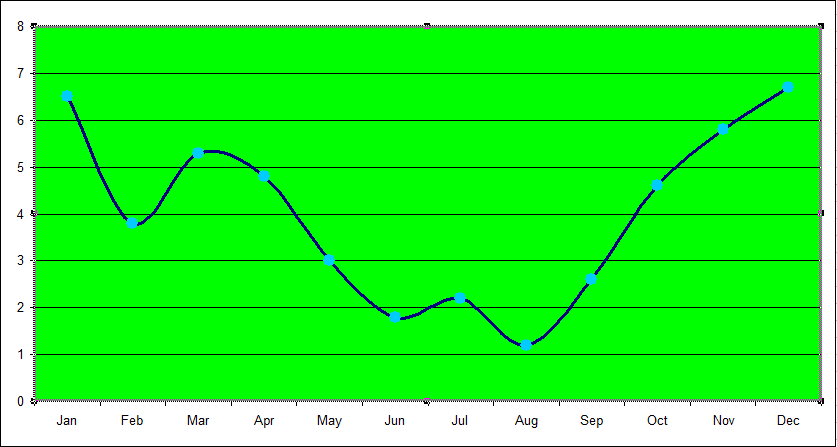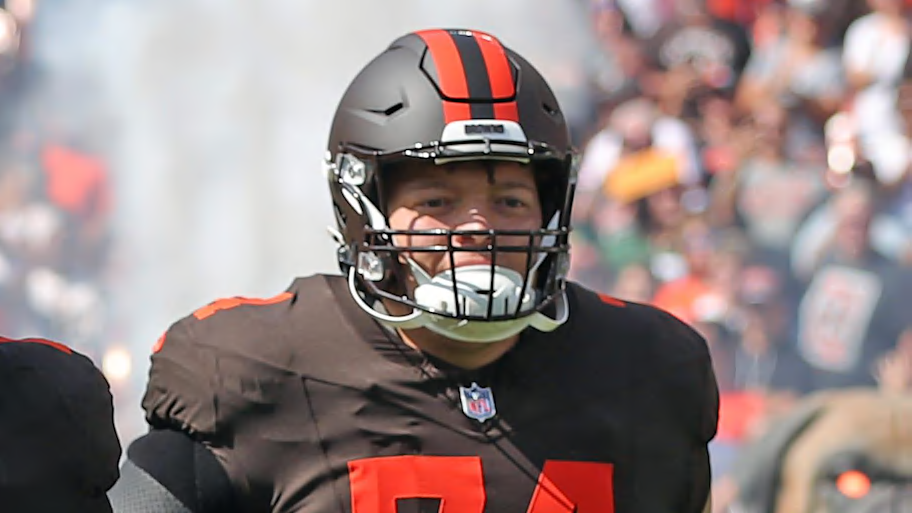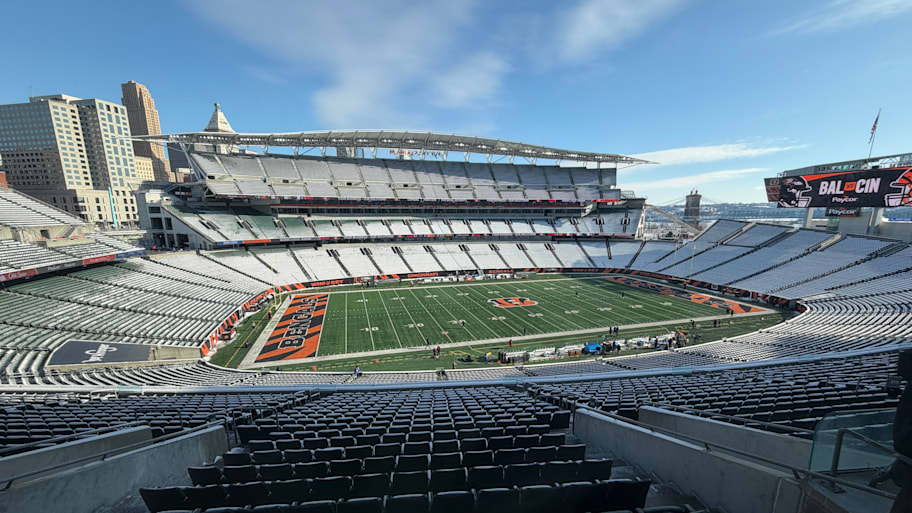COLUMBUS (WCMH) — For many of us, we are spending our day trying to recover from our first weekend of Olympic intake overload.
I enjoyed watching so many different Olympic events with my family this weekend, while cheering on the American teams. While my kids were wondering why they have never played some of these different sports, like field hockey on a wet field, dad was thinking of the irony of this Summer Olympics. In fact, since 1896, the Olympics have almost completely been held and hosted in the Northern Hemisphere, both for the Summer and Winter Games.
However, this year the Summer games are being held in Brazil, which is about 6 weeks away from the start of their Spring. Yes, they are in Winter right now.
Winter in Brazil, especially Rio De Janeiro is very tame when put side by side with Winters in Columbus, Ohio.
There are a few factors that play into this big difference, mainly location relative to the Equator.
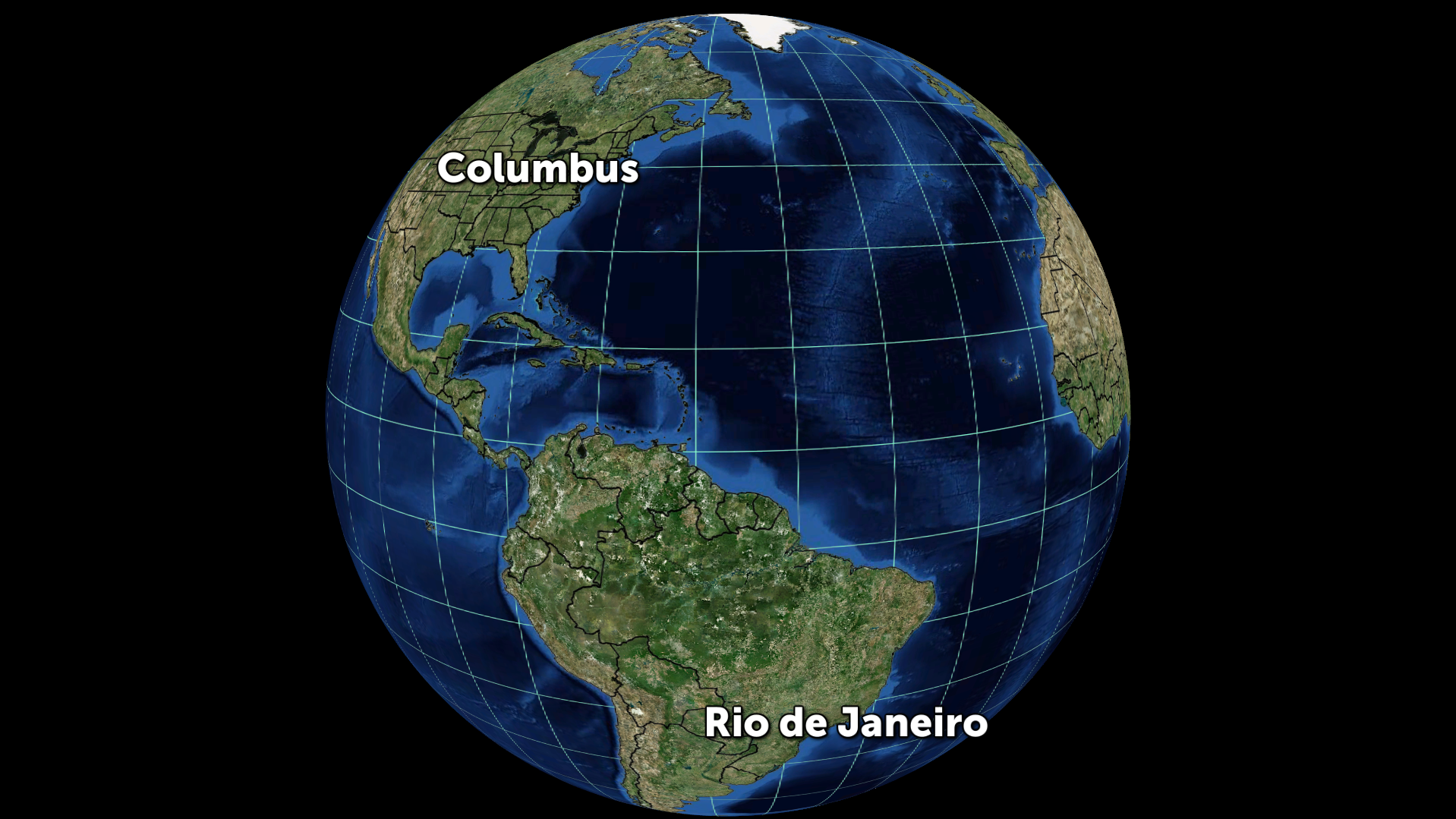
Here in Columbus we are at 39.96 degrees North, by contrast Rio is at 22.9 degrees South. For reference, in the Contiguous United States, there is no point that further south than the 24 degrees north. That means that the location of the 2016 Olympics is closer to the Equator than any point in the lower 48 (Hawaii is closer).
Understanding this, will help to explain why Rio is able to host the Summer Olympics during their Winter.
Also, location to the ocean also allow for a more mild climate, one that typically will see less wild swings in temperature.
Next, I looked at data from INMET (National Institute of Meteorology) Brazil.
According to INMET, the average high temperature in Rio during the month of August is roughly 84 degrees, and the average low is 67 degrees. If you were watching this weekend, there was some rain falling during some of the cycling and volleyball events, which is more or less bad timing. Again, looking at the INMET data, the month of August is one of the drier months, picking up only about 1.2″ of rainfall. Also, during the month of August, Rio only has on average 7 days with any precipitation.
To put this into perspective, they are basically in the same seasonal period as we are in early February up here… imagine 84/67 in February 🙂
Since Rio is closer to the Equator, they do not see as short of days in the Winter as we do, and the summer days aren’t as long as ours are either, in terms of daylight. Also being near the Ocean will provide a bit of a buffer to major temperature swings, though they do happen sometimes. Below is list of the average highs for each month in Rio (data from INMET).
- 91.9º January
- 93.7º February
- 90.9º March
- 88.5º April
- 83.7º May
- 82.6º June
- 81.7º July
- 83.8º August
- 83.1º September
- 85.6º October
- 87.3º November
- 89.4º December
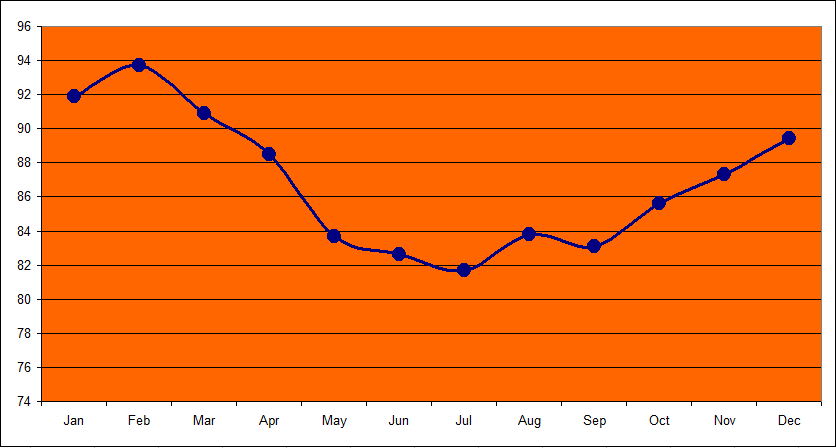
Rainfall varies by month as well, with the highest totals coming around the start of Rio’s Summer:
- 6.5″ January
- 3.8″ February
- 5.3″ March
- 4.8″ April
- 3.0″ May
- 1.8″ June
- 2.2″ July
- 1.2″ August
- 2.6″ September
- 4.6″ October
- 5.8″ November
- 6.7″ December
